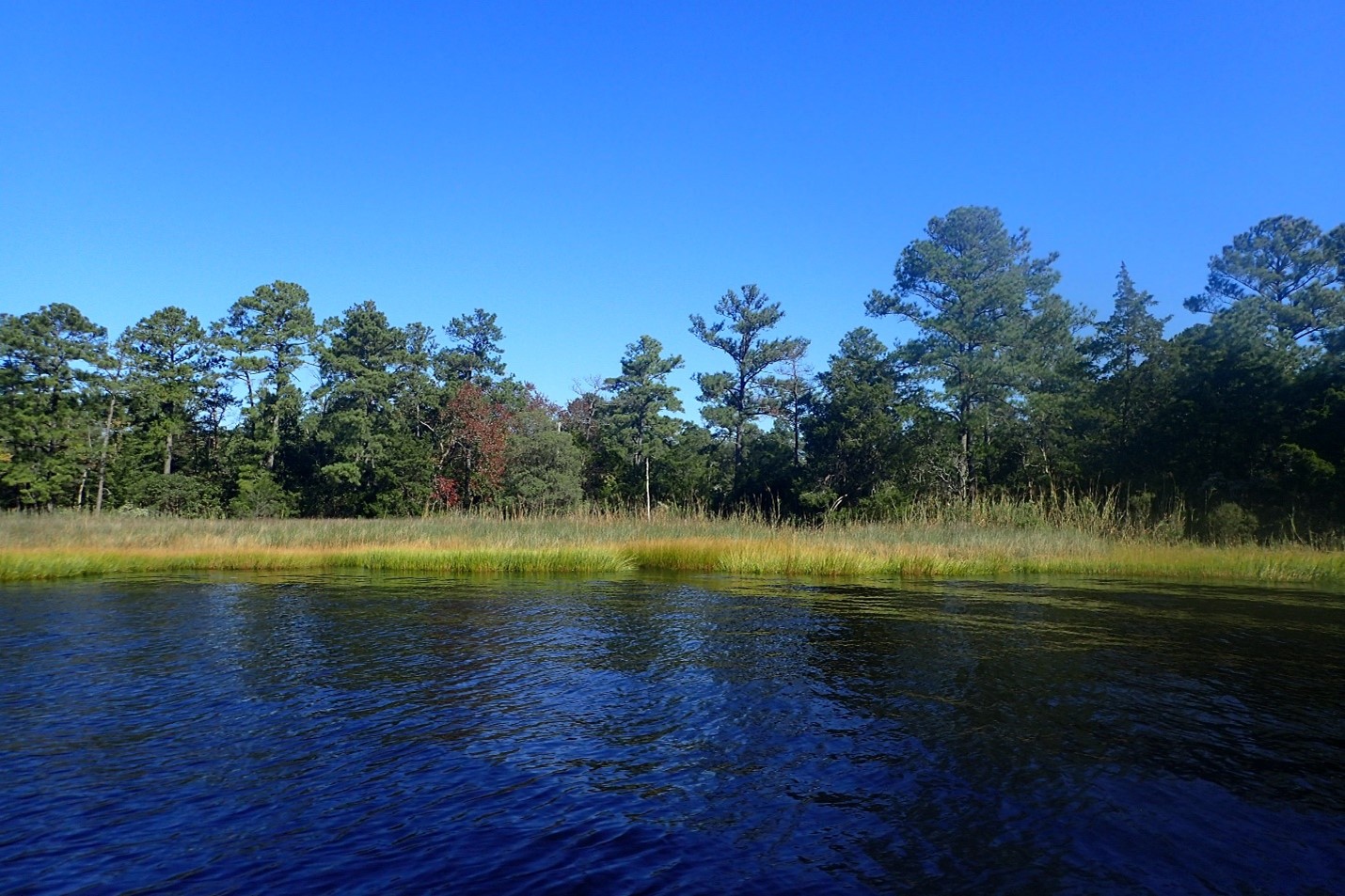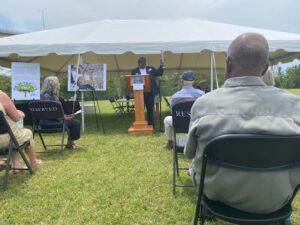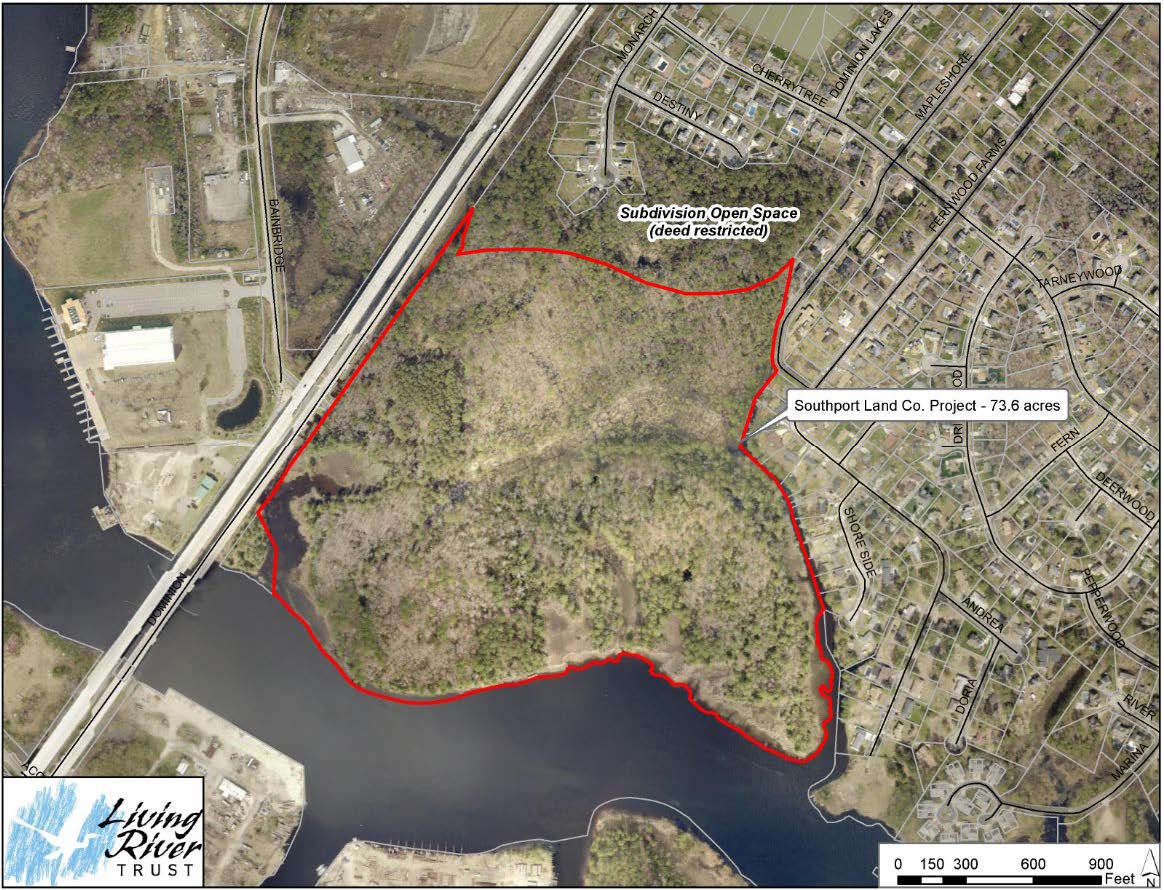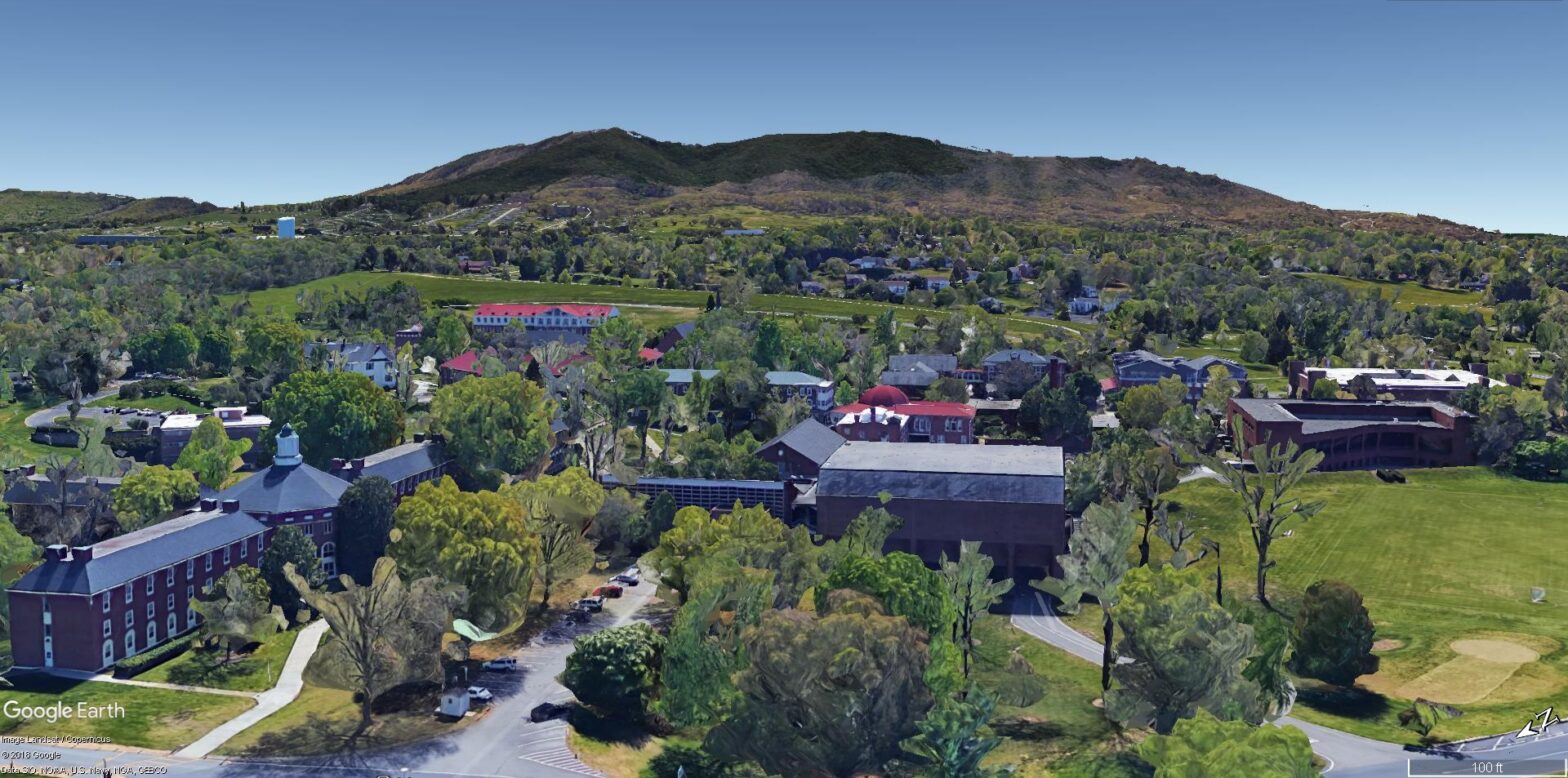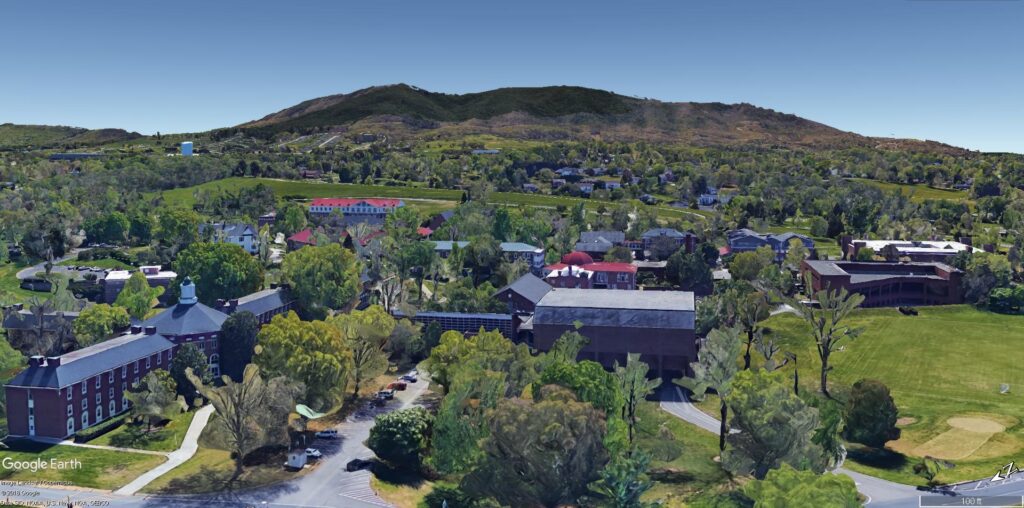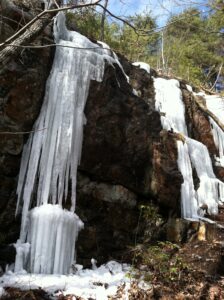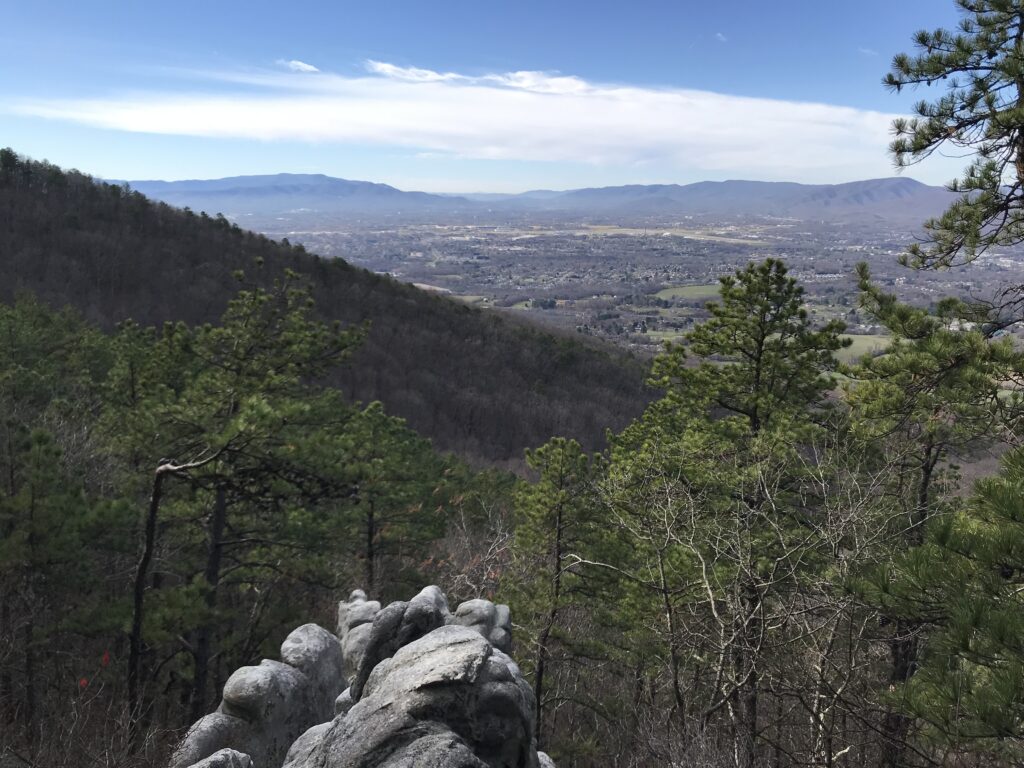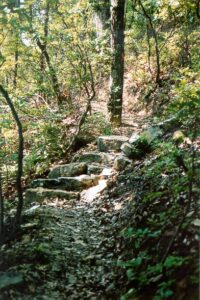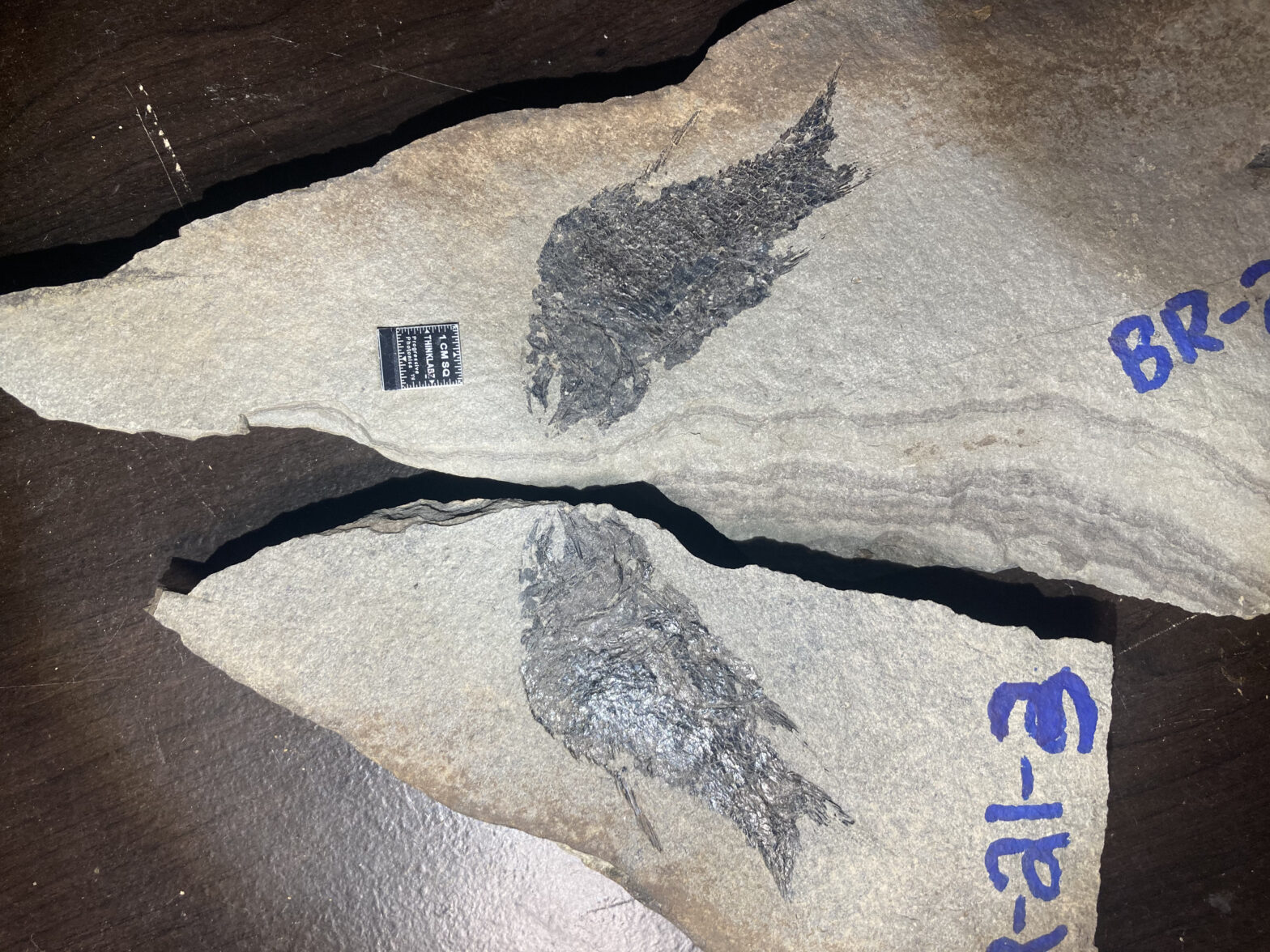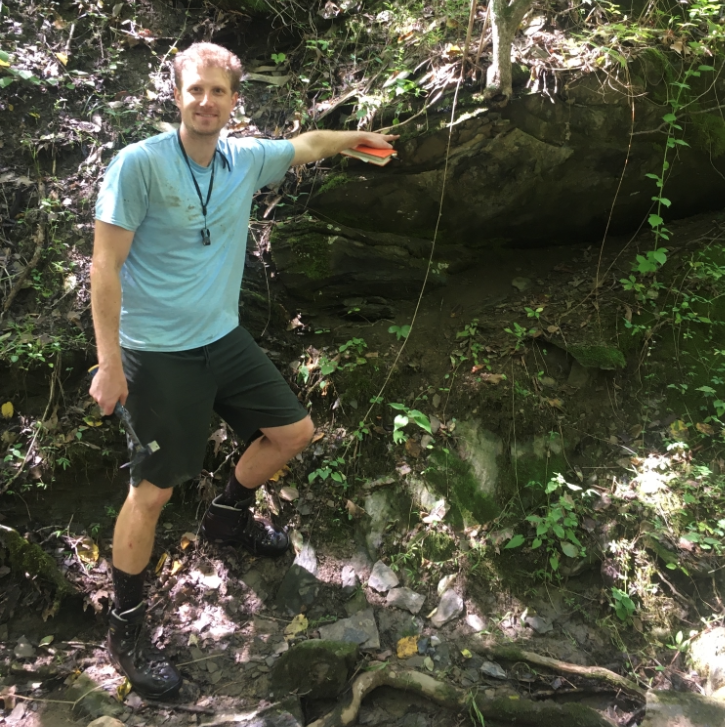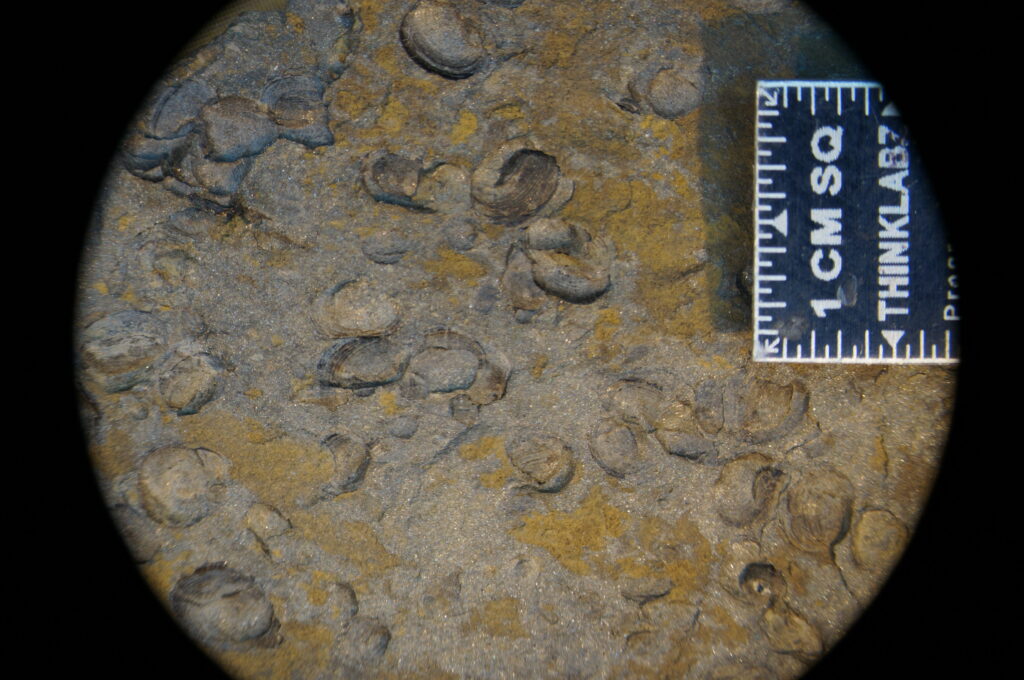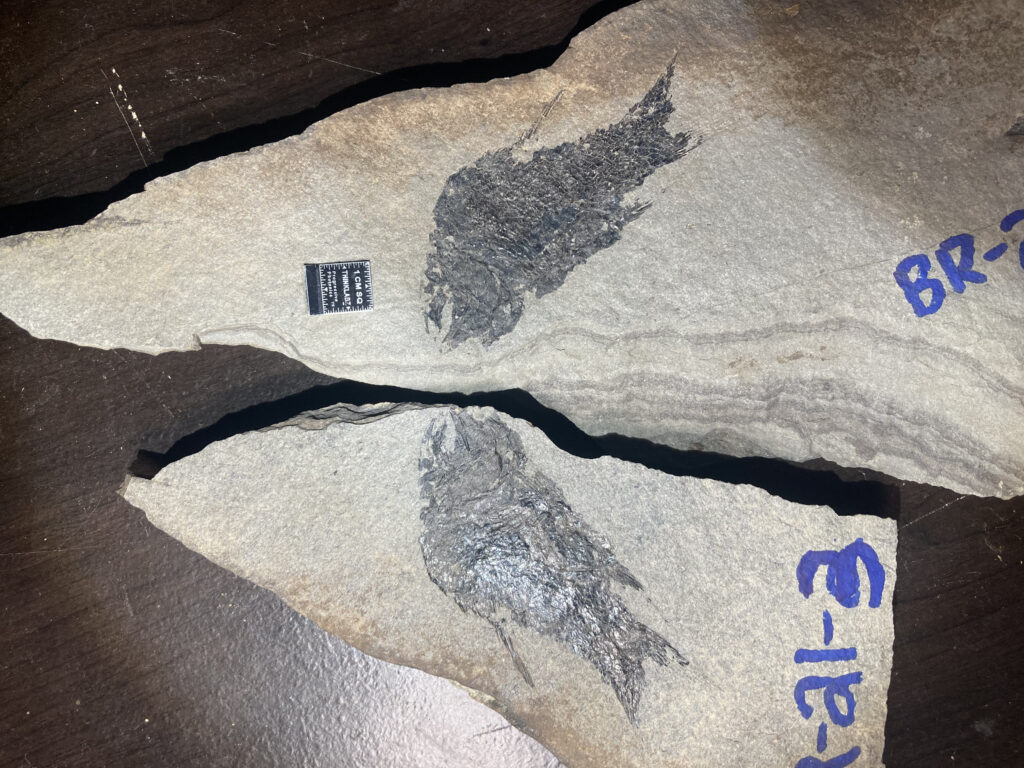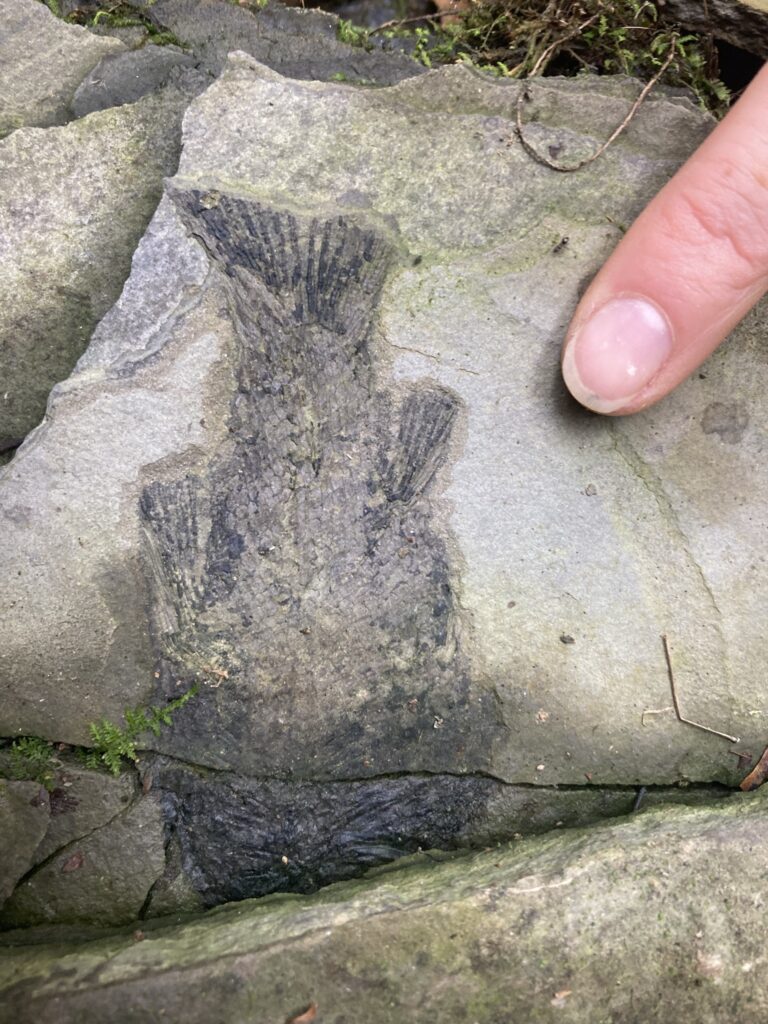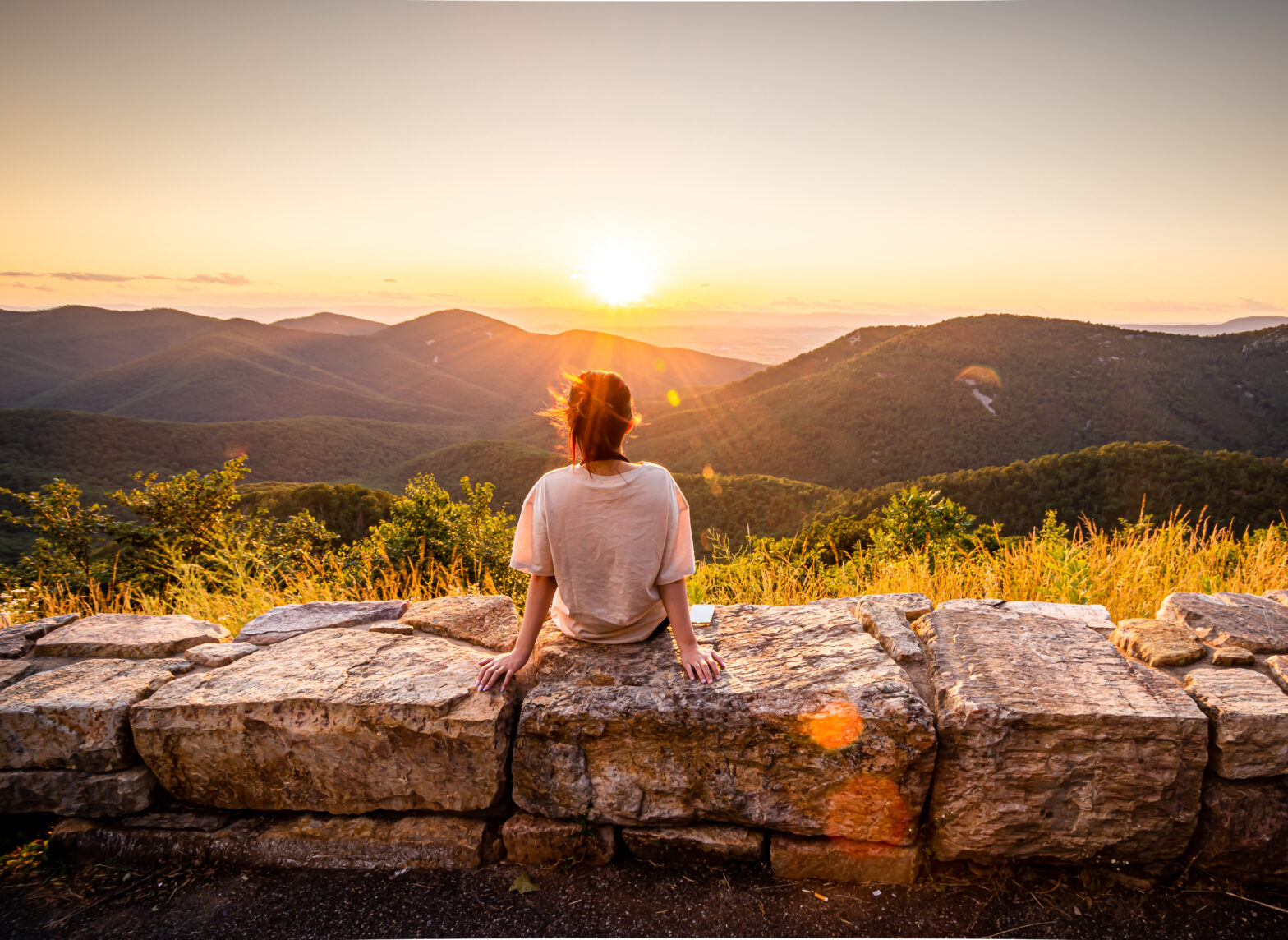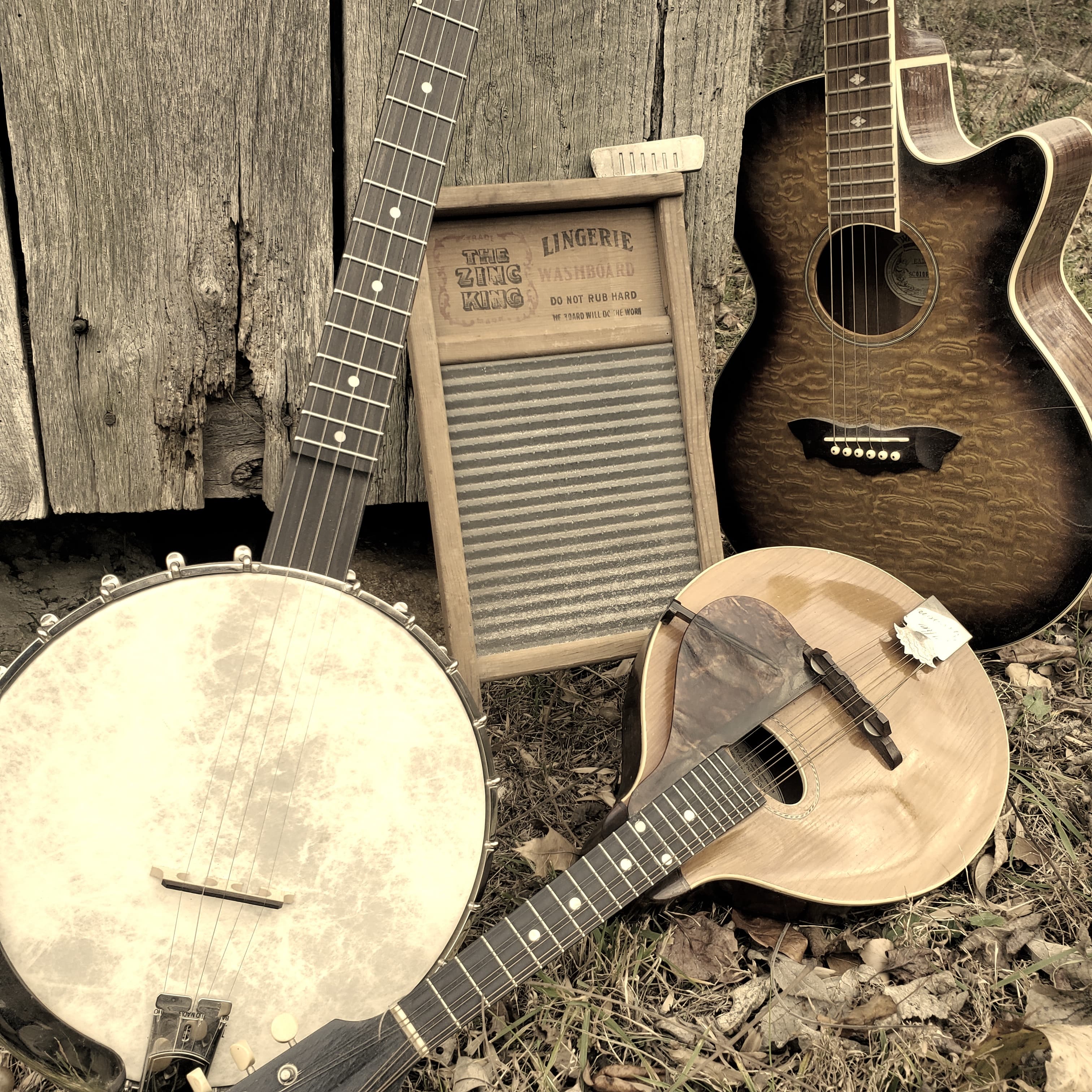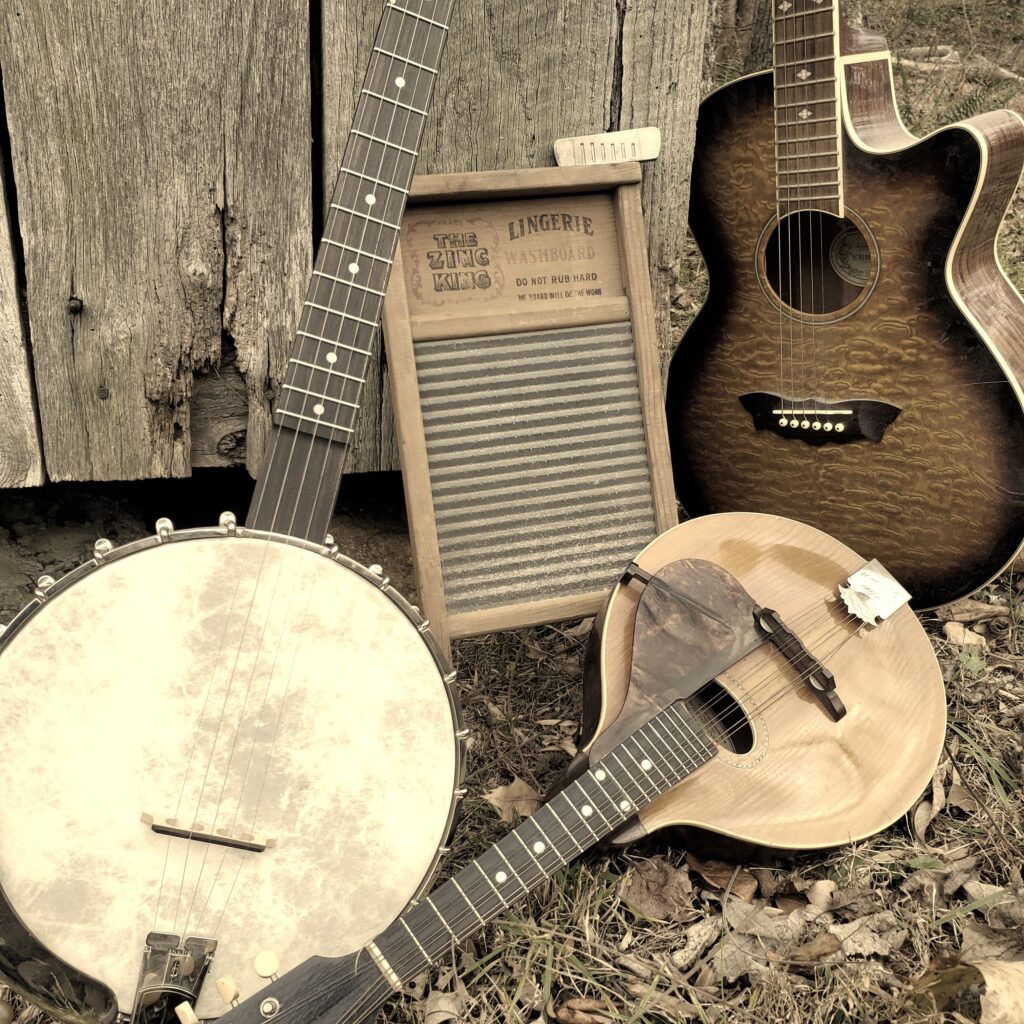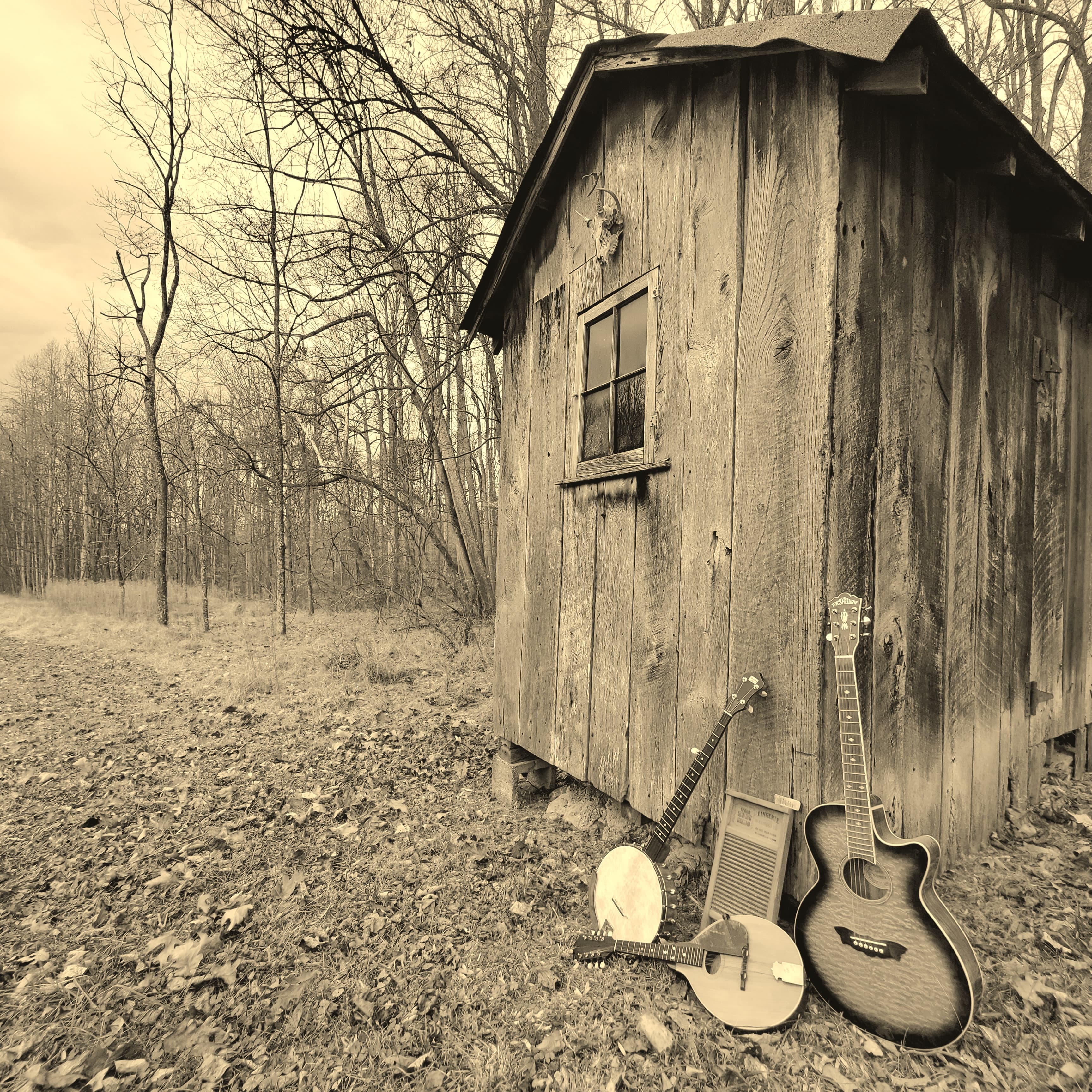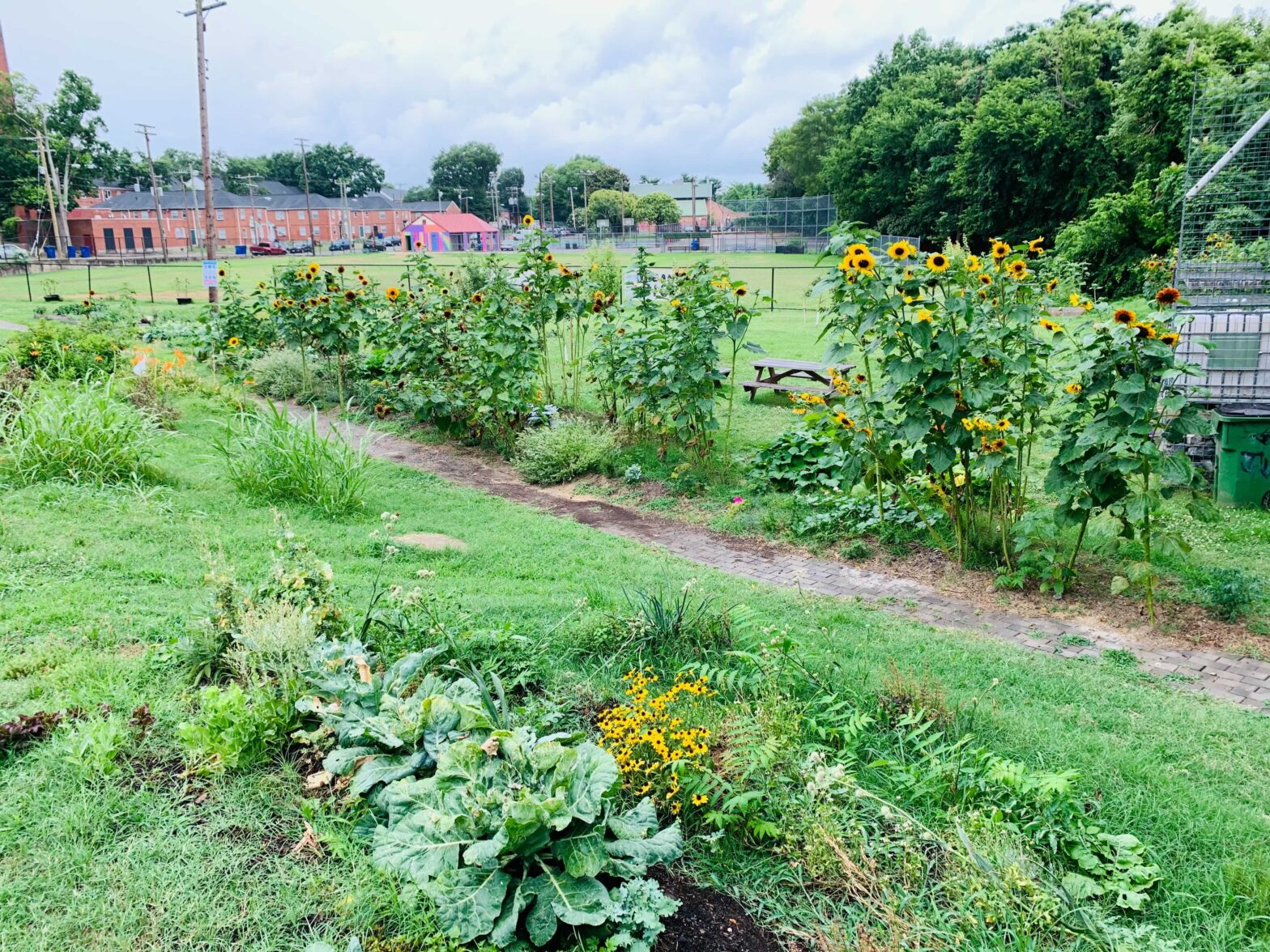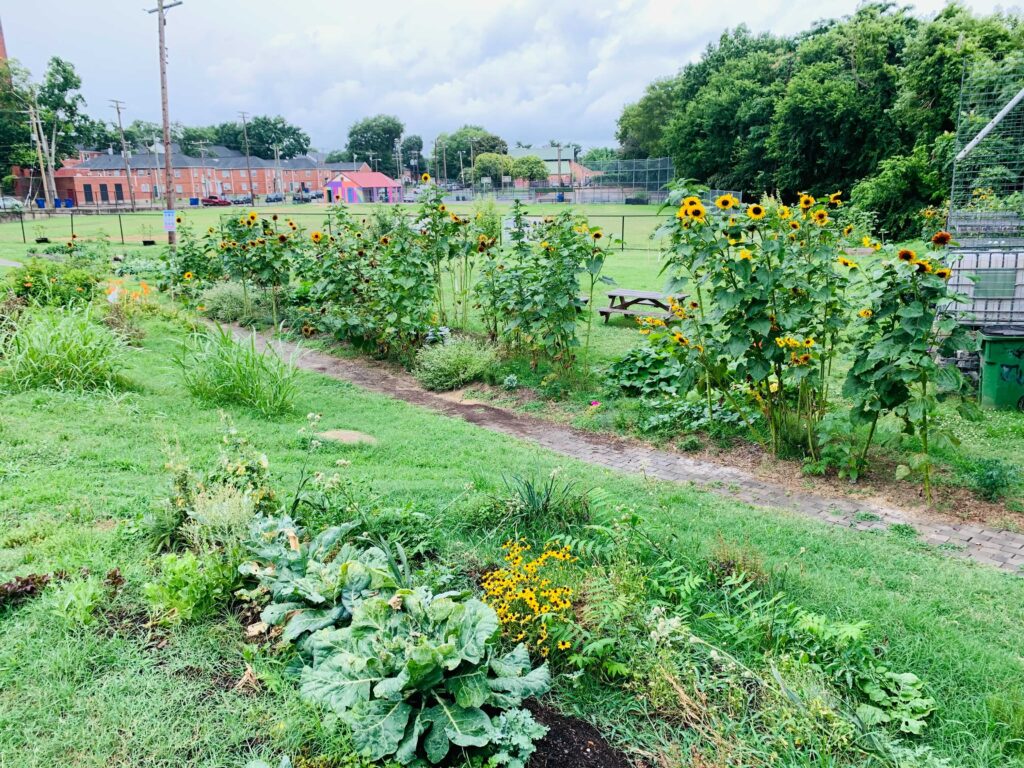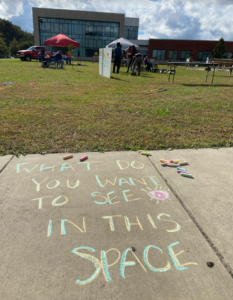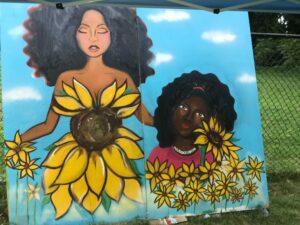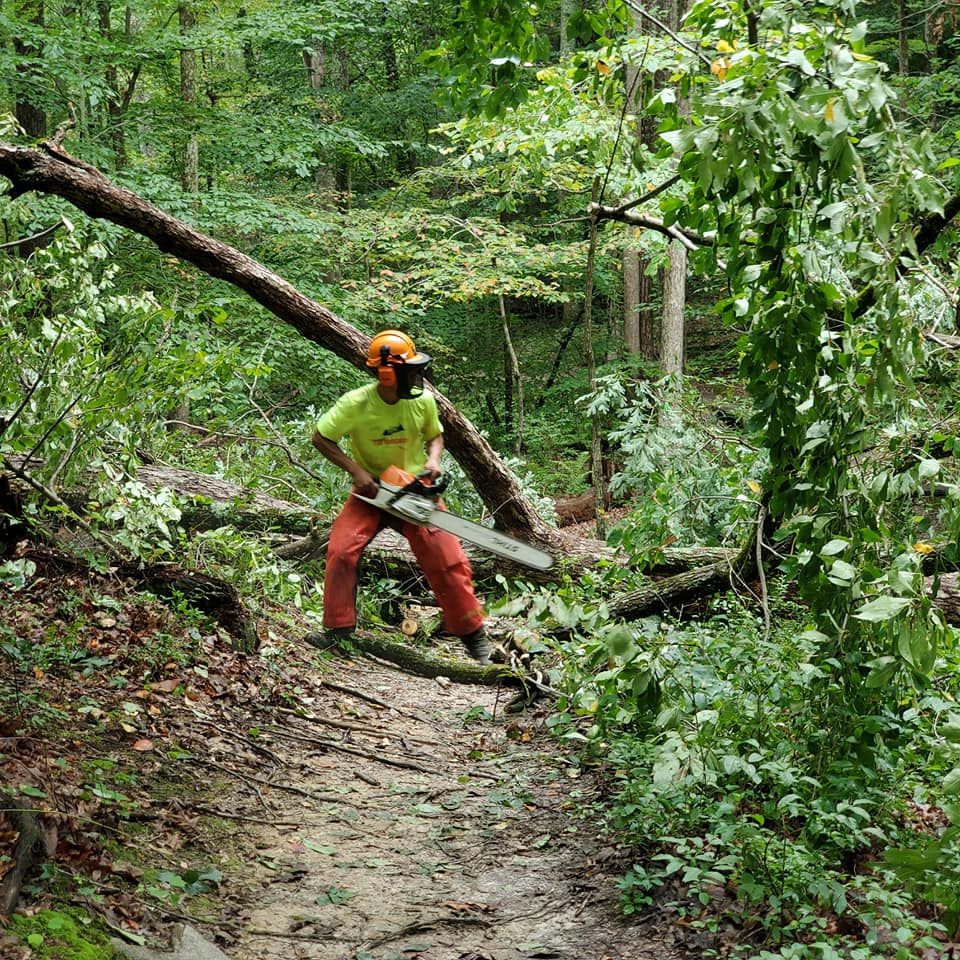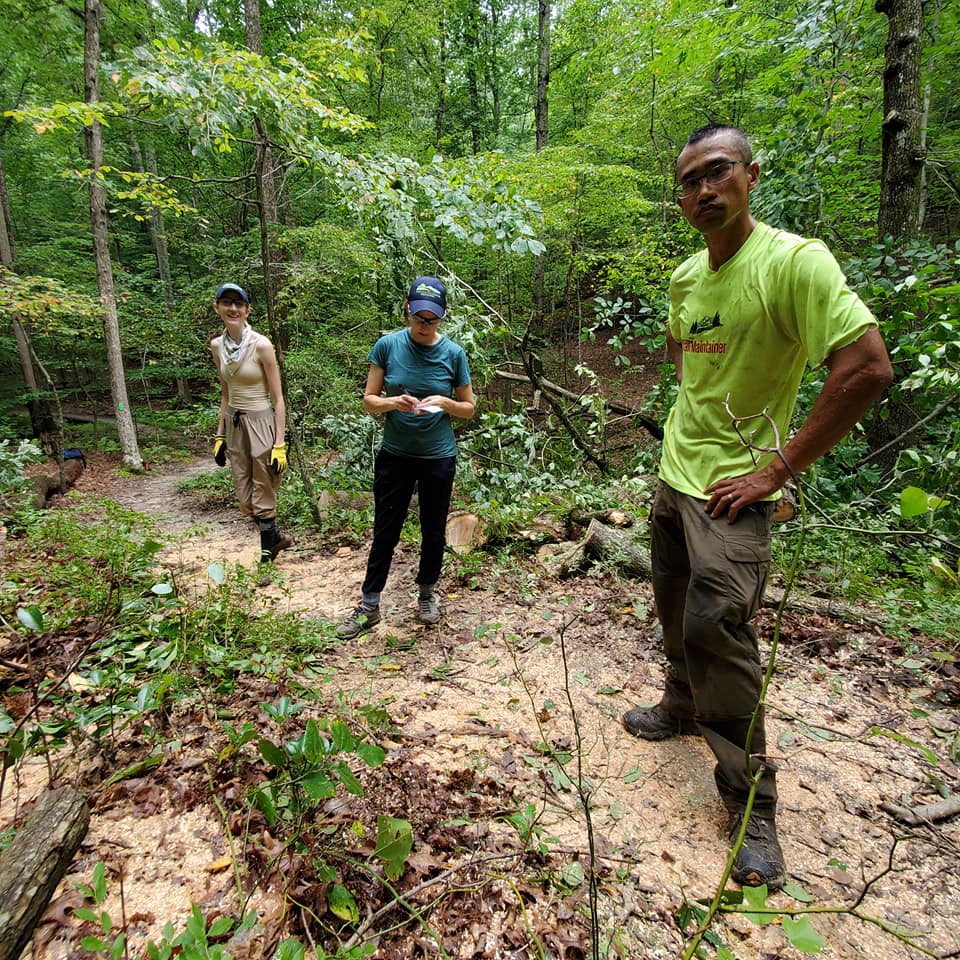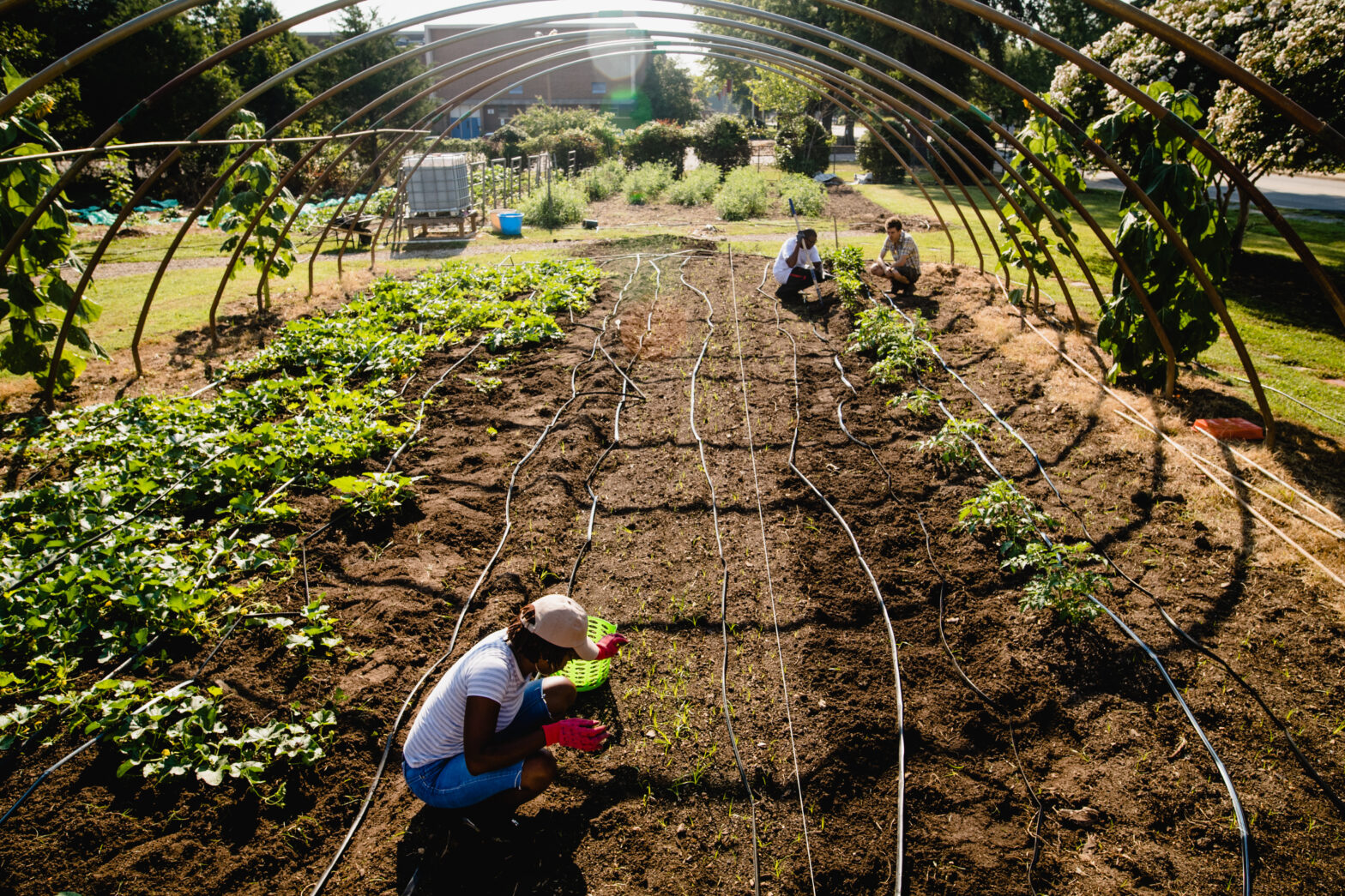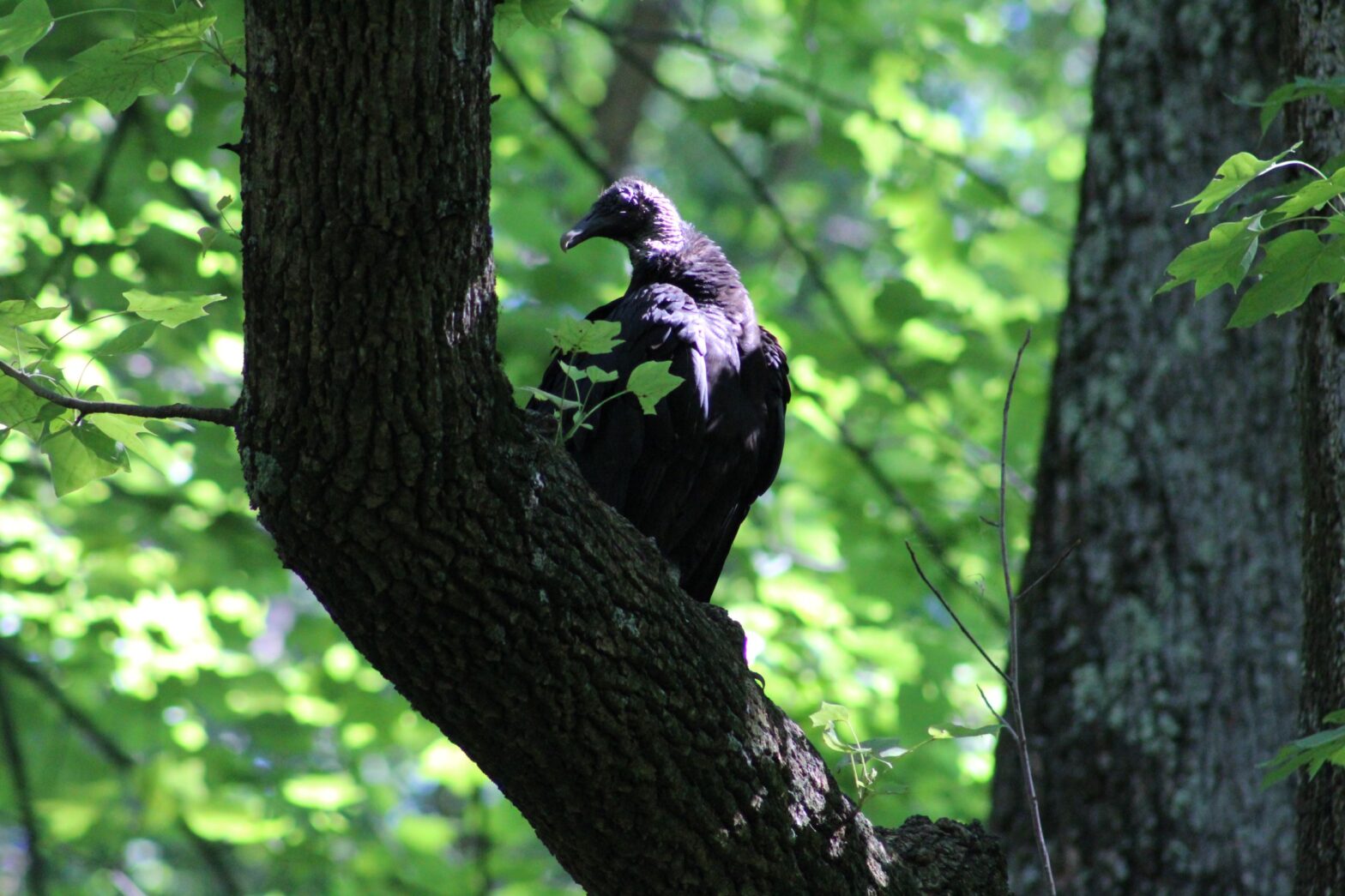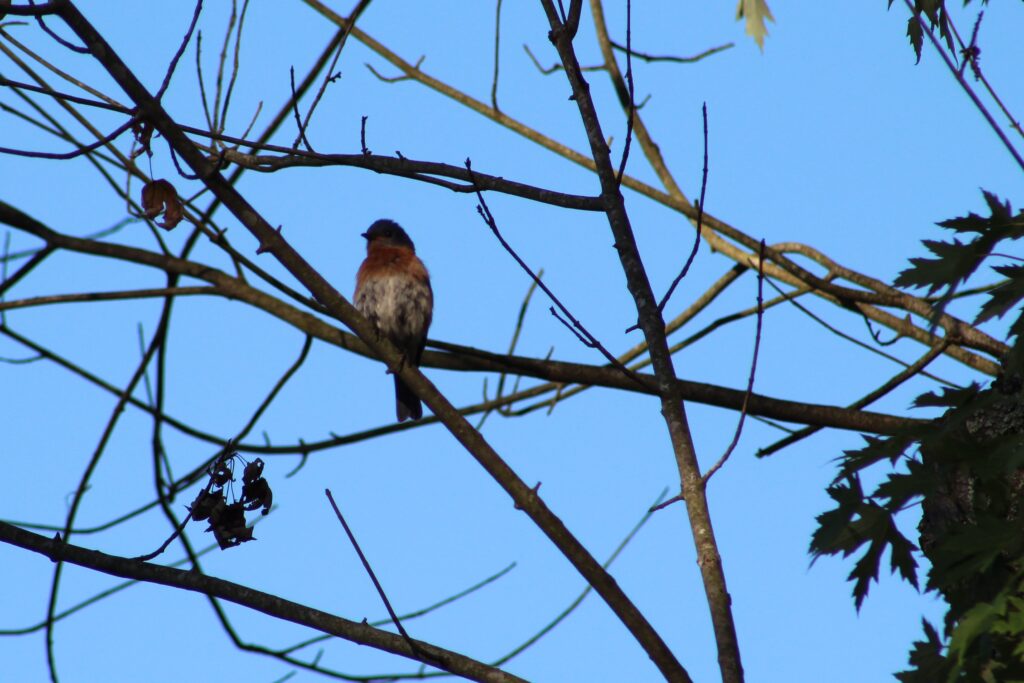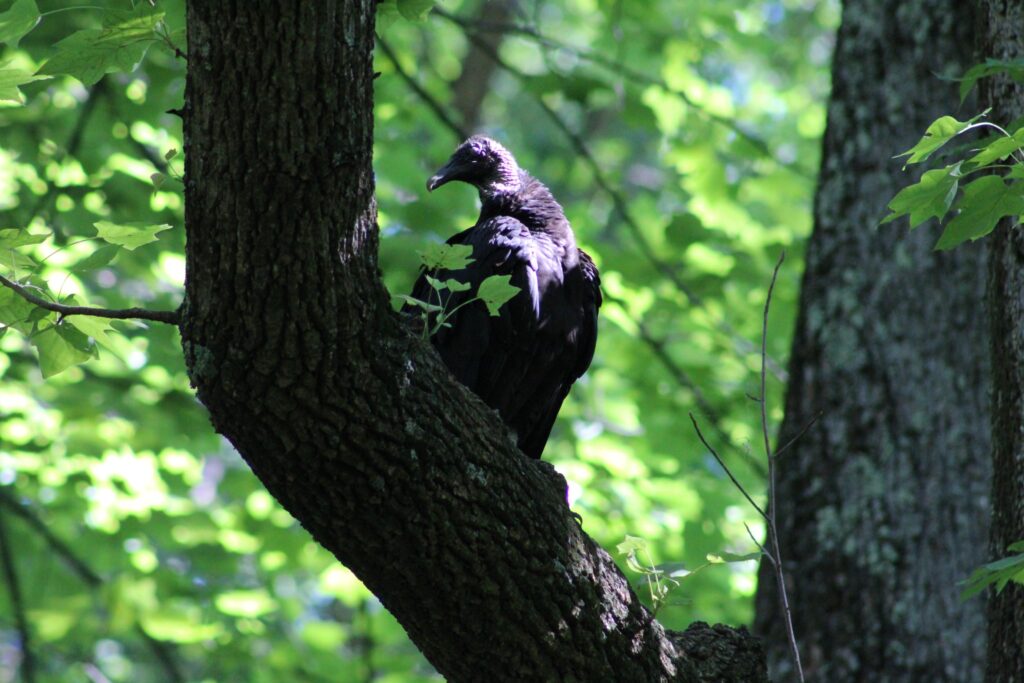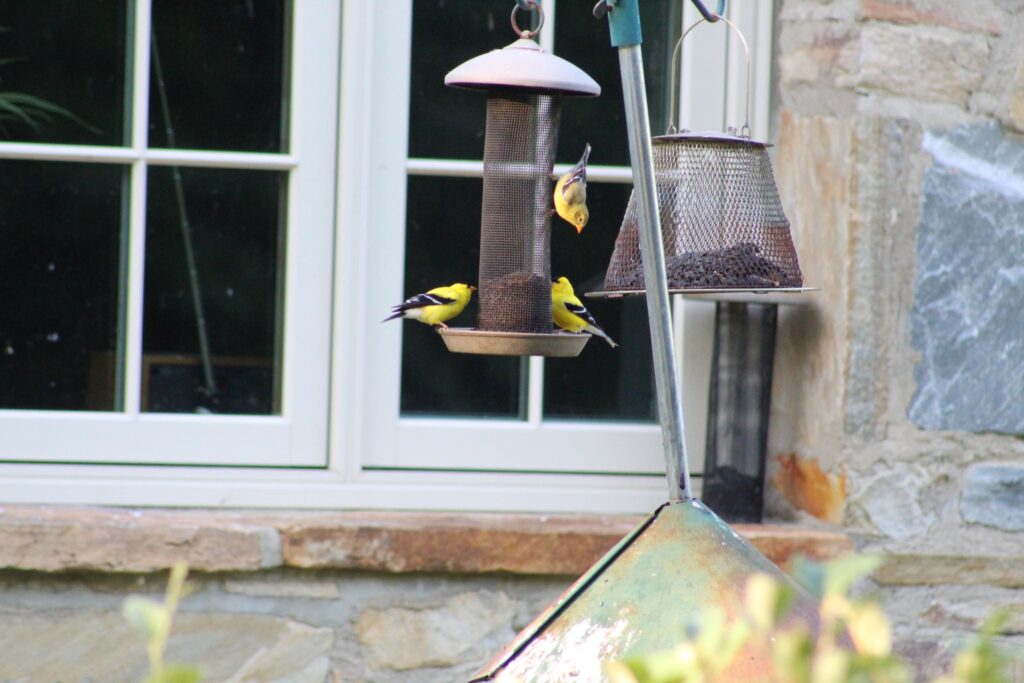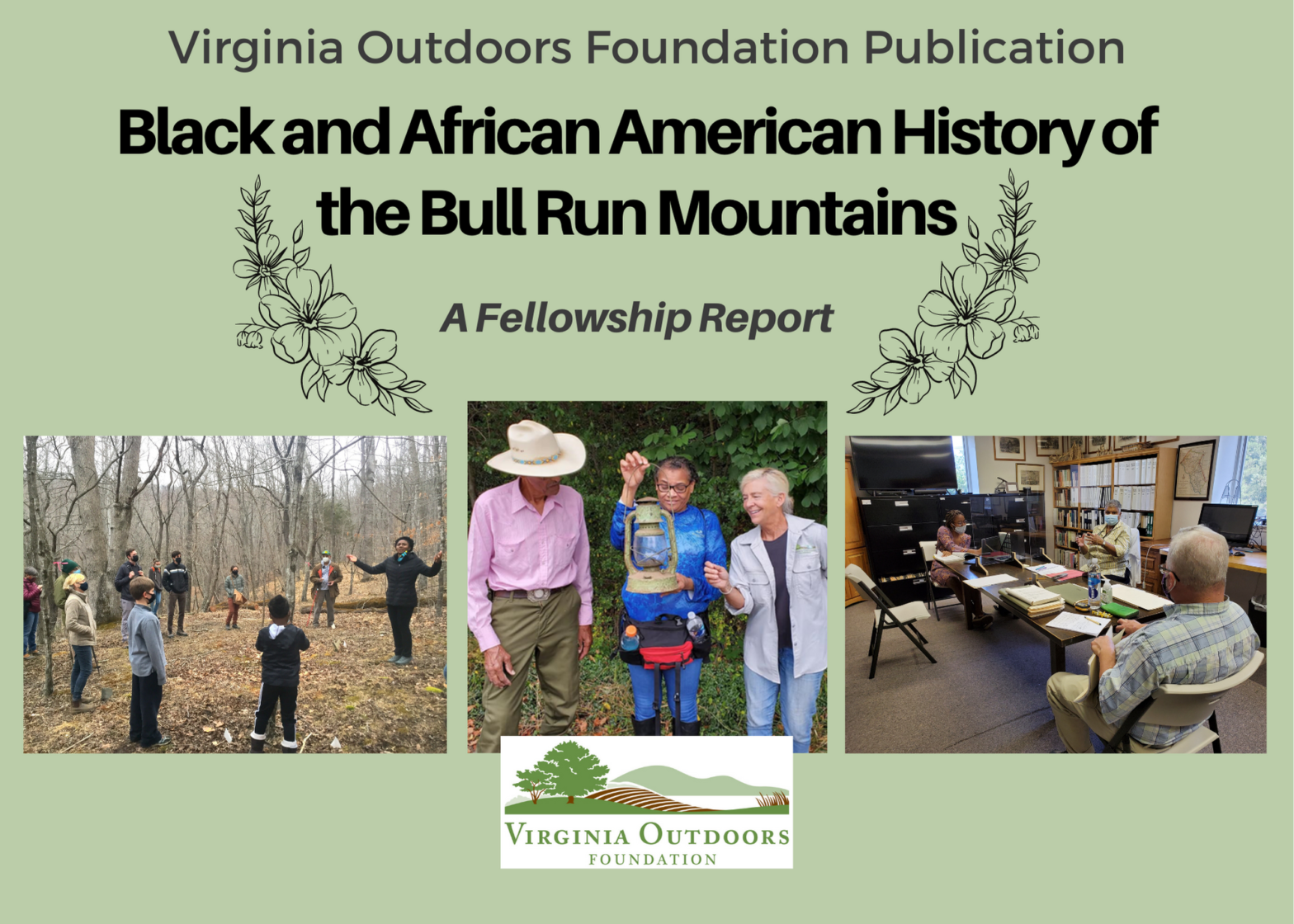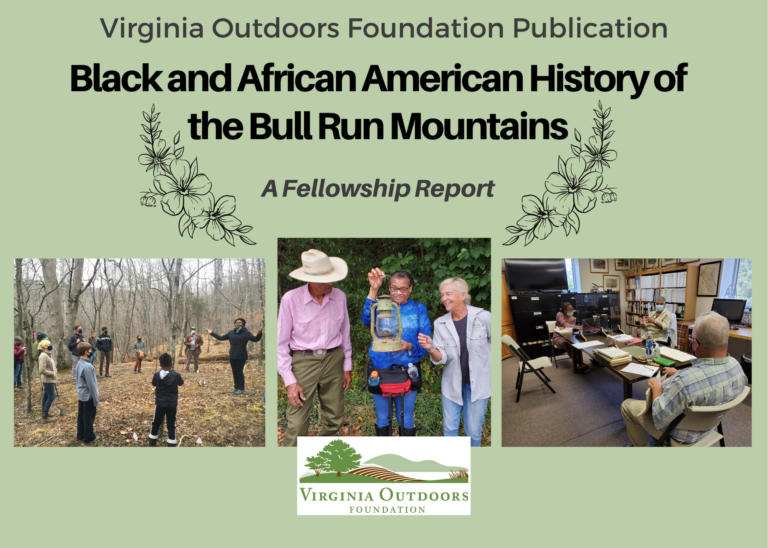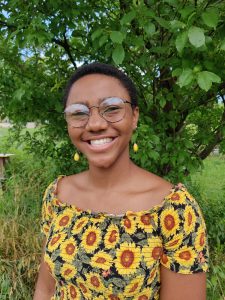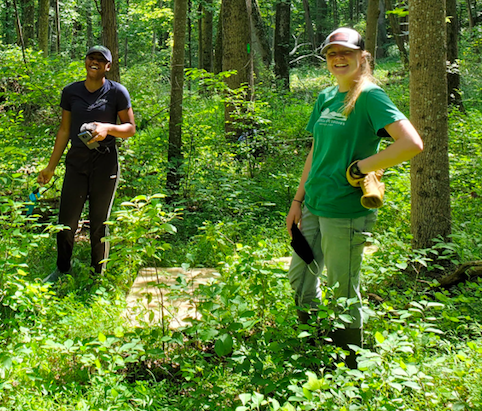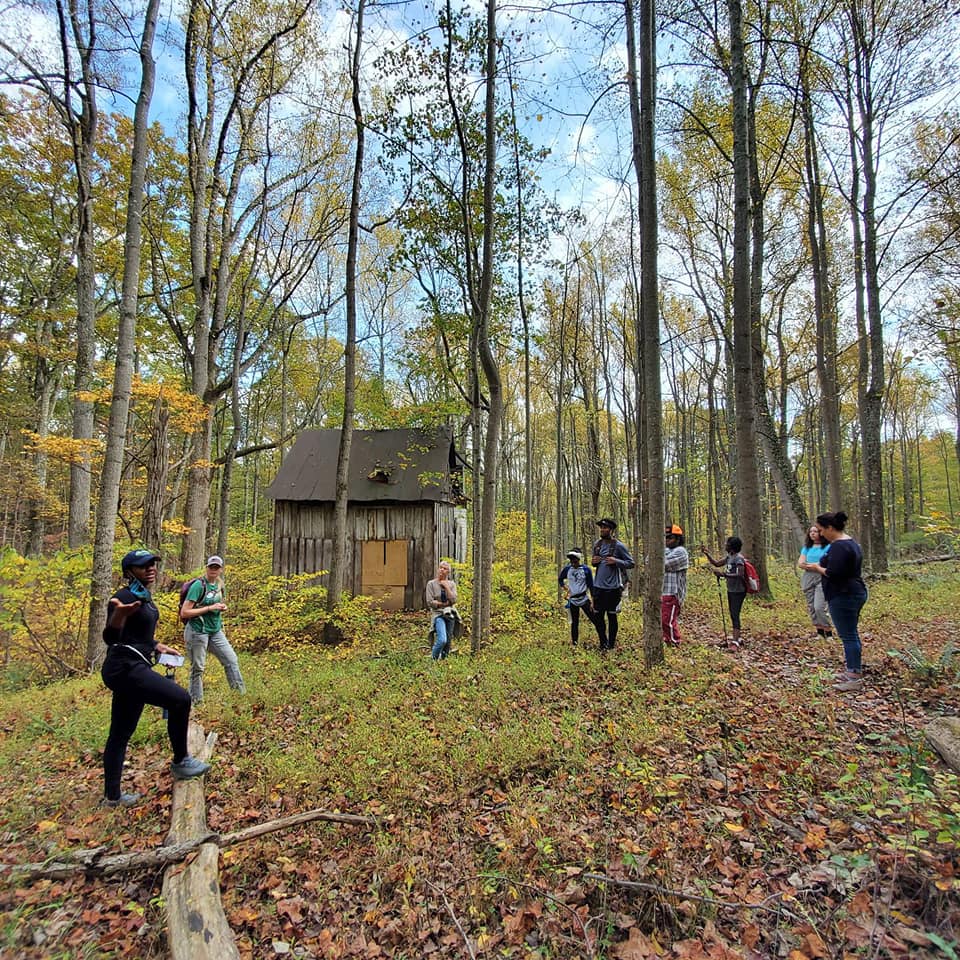The Virginia Outdoors Foundation (VOF) today announced $1,891,206 in grants for projects that increase access to public open space in 24 counties and cities.
The 35 grants were awarded from VOF’s Preservation Trust Fund and Get Outdoors grant programs. The Preservation Trust Fund program provides grants for acquisitions, easements, rights of way, and other methods of protecting open space for farming, forestry, recreation, wildlife, water quality, and more. The Get Outdoors program provides grants for projects that increase equitable access to safe open space in underserved communities.
To learn more about VOF’s grant programs, visit https://www.vof.org/protect/grants/.
Grant Recipient Summaries
Preservation Trust Fund Grants
Grantee: Fairfield Foundation
Project: Preserving Historic Fairfield Property
Locality: Gloucester County
Amount: $115,000
Description: This land acquisition will protect 20.77 acres of land from development and increase a greenway surrounding historic Fairfield manor, which was built in 1694.
Grantee: Meadowview Biological Research Station
Project: Caroline Diamonds – The Oak Barrens at Barrel Springs
Locality: Caroline County
Amount: $100,000
Description: This project will protect 96 acres of a globally rare gravel bog, an historic 1840 farmhouse, and surrounding oak barren uplands and add it to an adjoining 17-acre preserve. The site is used for guided tours, research, educational, and recreational purposes.
Grantee: New River Land Trust
Project: Brush Mountain Property 3
Locality: Montgomery County
Amount: $100,000
Description: This funding will be used to purchase 203 acres of intact forest on Brush Mountain and donate it to the Town of Blacksburg as part of a larger recreational area. The project is a partnership between the New River Land Trust and the Poverty Creek Trails Coalition.
Grantee: New River Soil & Water Conservation District
Project: New River Hill Park Project
Locality: Grayson County
Amount: $125,000
Description: The funding will be used to purchase a 30-acre tract of land on the New River that will be operated and maintained by the New River SWCD as a public natural area and be protected from development in perpetuity. The site will have approximately 13 miles of trails, interpretative signage, and a parking lot.
Grantee: Northern Virginia Conservation Trust
Project: Accotink Floodplain and Trail Conservation Project
Locality: Fairfax County
Amount: $63,656
Description: The project will protect 6.7 acres on several parcels of stream valley floodplain alongside an existing public trail in suburban Fairfax County and place it under easement with Fairfax County.
Grantee: Renew Richmond
Project: Farmstrong Community Farm Development
Locality: Henrico County
Amount: $150,000
Description: Farmstrong Community Farm is a project that engages youth and community members in hands-on, skills-based immersion in agriculture, STEM, and environmental sustainability that will promote food access, career opportunities, and educational advancement.
Grantee: Roanoke County Parks, Recreation and Tourism
Project: Read Mountain Preserve, North Expansion
Locality: Roanoke County
Amount: $150,000
Description: Read Mountain Preserve, North Expansion, is focused on the acquisition of 56 acres adjacent to the 547-acre Read Mountain Preserve in Roanoke County. The existing preserve has three conservation and open-space easements protecting the natural environment, but only one limited public access point. This addition would allow for direct public access.
Grantee: Tadpole Land and Trail Conservancy (TLTC)
Project: Ballenger Creek Nature Preserve (BCNP)
Locality: Fluvanna County
Amount: $67,550
Description: In 2021, TLTC purchased 76 acres along Ballenger Creek to create public trails. TLTC will place 73 acres of the property under open-space easement with VOF and create trails and a parking area for public access.
Grantee: The Conservation Fund
Project: Dock Street – James River Park System
Locality: City of Richmond
Amount: $150,000
Description: The Conservation Fund is working to create a new riverfront public park on Dock Street in Richmond’s historically underserved East End neighborhood. The additional parkland will be added to the City of Richmond’s James River Park System and will protect the “View That Named Richmond.”
Grantee: Town of Abingdon
Project: Abingdon Skills and Pump Cycling Park Project
Locality: Washington County
Amount: $125,000
Description: The town is developing a skills and pump cycling park to complement the growing use of the Virginia Creeper Trail and solidify Abingdon’s reputation as a cycling community. The project will be constructed on 1.8 acres, owned by the Town, that borders Interstate 81, the Virginia Creeper National Recreation Trail, and the new Meadowview Sports Complex.
Grantee: Town of Saltville
Project: Salt Trail Gateway Park
Locality: Smyth County
Amount: $90,000
Description: The Salt Trail Gateway Park preserves and restores one acre of land at a critical entry to the town limits. Recently purchased by the town, this area had been noted as a deterrent by visitors and residents, overrun by debris and abandoned buildings but sitting directly near an important rail-to-trail facility.
Grantee: Town of Warrenton
Project: Preserve Warrenton Horse Show Grounds Open Space
Locality: Fauquier County
Amount: $100,000
Description: The 9.57-acre historic Warrenton Horse Show grounds in the Town of Warrenton is home to the oldest continuously operating horse show in the country. The town wishes to purchase the land from private ownership to preserve the unique land and open it to the public year-round. This would create the first public park in Warrenton’s Ward three.
Grantee: White’s Mill Foundation
Project: White’s Mill Phase II Public Access and Improvements
Locality: Washington County
Amount: $55,000
Description: White’s Mill, one of few remaining operational watermills in Virginia, seeks funds to acquire and improve an adjacent parcel of land to enable public access to a broader area of the surrounding existing White’s Mill property.
Grantee: Wythe County Parks and Recreation
Project: The Reed Creek Blueway Initiative
Locality: Wythe County
Amount: $100,000
Description: This project would create two safe access points for the public to utilize Reed Creek and Miller Creek for free public recreation such as kayaking, fishing, wading, and tubing.
Get Outdoors Grants
Grantee: Afro American Historical Association of Fauquier County
Project: The Morgantown School Project
Locality: Fauquier County
Amount: $25,000
Description: This proposal requests funds to stabilize the at-risk building and grounds of the Morgantown School on Free State Road. This small school served Morgantown’s African American Community for more than 70 years.
Grantee: Albemarle County
Project: Simpson Park Fitness Walking Trail
Locality: Albemarle County
Amount: $25,000
Description: The Simpson Park Fitness Walking Trail project entails the construction of an approximately 2,250-foot stone dust trail around the perimeter of an existing park in the rural village of Esmont in southern Albemarle County, which is a predominately working-class community and boasts significant African American history.
Grantee: Bessie Weller Elementary School
Project: Weller Woods Learning Trail
Locality: City of Staunton
Amount: $25,000
Description: Bessie Weller Elementary is establishing an outdoor learning and play area on a wooded lot adjoining the playgrounds. Improvements to the area will include a trail connecting a creek to “Investigation Stations” designed for nature-based learning. The area will be accessible for public use and open for use by all schools in the city.
Grantee: Calfee Community & Cultural Center, Inc.
Project: Greene Natural Outdoor Playspace at the Calfee CCC
Locality: Pulaski County
Amount: $17,500
Description: The Calfee Community & Cultural Center will revitalize a Jim Crow-era African American school into a facility that will house community programs including a high-quality early childcare center that will serve 100 children primarily from low- to moderate-income families.
Grantee: Camp Under the Stars, Inc.
Project: Overnight Summer Camp
Locality: Prince William County
Amount: $12,000
Description: This project supports an inclusive overnight summer camp serving campers from the greater Washington, D.C. area. In 2021, 40 percent of campers received financial assistance and 60 percent identified as people of color. Camp activities include kayaking, waterfall walks, campfire cooking, STEM, yoga, mindfulness, exploring nature, and outdoor play.
Grantee: County of Pulaski, Virginia
Project: Fairview Home Pocket Park
Locality: Pulaski County
Amount: $25,000
Description: Pulaski County in partnership with the Fairview Home Board is engaged in a year-long planning effort to design a new public park. The Fairview Home Pocket Park’s focus will be on universal design, with a special emphasis on serving individuals with disabilities, limited mobility, and the elderly.
Grantee: Defensores de la Cuenca
Project: Conectando la comunidad- Connecting with the Community
Locality: Fairfax County
Amount: $25,000
Description: Through this project, Defensores de la Cuenca will engage Latino and
Spanish-speaking families to participate in fun, family-friendly activities in parks and community green spaces in Northern Virginia. Participants will make positive connections to nature, learn about the benefits of a clean environment and the connection to healthy families, and be offered leadership opportunities in the green space.
Grantee: DuPont Elementary
Project: Heart of Hopewell Wellness Loop
Locality: City of Hopewell
Amount: $25,000
Description: DuPont Elementary desires to create the “Heart of Hopewell” wellness loop and hub using the designs generated by 5th grade students and various community partners. The wellness loop will connect to a .5-mile exercise loop, community garden, LOVE sign, and social gathering places.
Grantee: Friends and Family of Battlefield Park Road Cemetery
Project: The Battlefield Park Road Community Cemetery Restoration
Locality: Henrico County
Amount: $6,000
Description: To recover and restore a forgotten, unseen, and unidentifiable cemetery for African Americans in the St. James Community.
Grantee: Friends of New River Trail
Project: Ivanhoe Birding Trail
Locality: Wythe County
Amount: $20,000
Description: The Ivanhoe Birding Trail will be accessible for the enjoyment and education of visitors, students, citizen scientists, and the mobility challenged. The trail will be on 48 acres owned by the Virginia Department of Conservation and Recreation adjacent to the New River Trail and the historic Ivanhoe Trestle.
Grantee: Friends of Sons & Daughters of Ham Cemetery
Project: Sons & Daughters of Ham Cemetery – Every Acre Counts
Locality: City of Richmond
Amount: $25,000
Description: This is Phase Two of a multi-year project that will restore the dignity of, and access to, this historic African American cemetery. This will be by identifying cemetery boundaries, rerouting the existing neighborhood trail from the middle of the cemetery to the perimeter, locating a memorial meditation garden, and providing interpretive signage and programs.
Grantee: Girls on Outdoor Adventure for Leadership and Science, Southwest Virginia
Project: Girls on Outdoor Adventure for Leadership and Science (GALS)
Locality: Montgomery County
Amount: $1,500
Description: GALS is a summer program for high school students to learn science while backpacking in the Virginia wilderness. GALS seeks to increase opportunities for students who identify as female or gender nonconforming and are from other groups traditionally underrepresented in science, technology, engineering, and math.
Grantee: Groundwork RVA
Project: Cherae Farm and Community Space at Hillside Court
Locality: City of Richmond
Amount: $17,500
Description: Groundwork RVA and Hillside residents started Cherae Farm in 2021 to grow and distribute fresh produce to residents. Funds will create classes and programming in gardening/farming, wildlife wonders, and cooking/nutrition.
Grantee: Hampton Roads Urban Agriculture
Project: HRUA Farmer’s Market
Locality: City of Newport News
Amount: $25,000
Description: HRUA offers a Farmers Market and Food Pharmacy at its garden on Saturdays and accepts EBT/SNAP benefits. The market provides families with an opportunity to receive healthy fresh food options for their household. HRUA also offers a Youth Urban Agriculture and Entrepreneur program.
Grantee: Historic Pocahontas, Inc.
Project: Pocahontas Town Park and Trail Linkage
Locality: Tazewell County
Amount: $25,000
Description: Provides a park in a former coal town whose residents face increasing physical and mental health challenges. The park will offer children a safe space to explore the outdoors, increase physical activities, and spend time with family and friends.
Grantee: Lambsburg School-Community Complex, Inc.
Project: Lambsburg Community Center Walking Trail
Locality: Carroll County
Amount: $15,229
Description: Funds will be used to improve and make safer an existing walking trail located on the community center’s grounds.
Grantee: Patrick Henry High School
Project: Outdoor Classroom Environment
Locality: Washington County
Amount: $7,271
Description: The project will create a multi-purpose outdoor education pavilion that supports outdoor learning for students.
Grantee: Save Historic Thoroughfare
Project: Ethel Johnson House
Locality: Prince William County
Amount: $25,000
Description: The project seeks to transfer ownership and to continue restoration of the last original standing home of Historic Thoroughfare, a community that was home to generations of free people of color and their descendants.
Grantee: Town of Belle Haven
Project: Town of Belle Haven Park Beautification
Locality: Accomack County
Amount: $25,000
Description: The town desires to provide a town park for the community, while also encouraging revitalization and beautification.
Grantee: Town of Clinchco
Project: New Camp Road Pocket Park
Locality: Dickenson County
Amount: $25,000
Description: This project is the first of five potential interconnecting “pocket parks” that would form Clinchco’s McClure River Blueway. It creates a park with safe and easy access for the public, a parking area, a canoe/kayak/tubing/fishing access ramp, an observation deck, picnic tables, and safety signage.
Grantee: Valley Conservation Council
Project: Complete the Silver Lake Path
Locality: Rockingham County
Amount: $3,000
Description: Silver Lake is a 10-acre, spring-fed lake located within the Silver Lake Historic District in the Town of Dayton. The lake is used by the public for wildlife viewing, boating, and fishing. The lake does not have full public access around its perimeter and the public must currently trespass to access the lake in its entirety. This project aims to create a public access right of way across several private parcels in partnership with the town.
